Kashrut | Keeping it kosher
Kashrut: keeping it kosher
by Rabbi Altshul and Miriam Bell
Writer Miriam Bell and Rabbi Samuel Altshul have outlined the dietary laws and rituals that guide Jewish food preparation.
Food has always played an important part in Jewish life and many popular dishes are associated with the Jewish kitchen. Think of chicken and matzeball soup in the west, and hummus and falafel in the east. But what makes Jewish food particularly Jewish? The answer would have to the Jewish dietary laws known as ‘Kashrut’ or kosher.
These dietary laws originate from Genesis which says that mankind was intended to live only from the produce of the land. This was later extended to include meat from all animals as long as the blood was not consumed. Later again, this was limited to the meat of cattle, certain poultry and certain fish.
Like modern dietary trends, such as the ‘macrobiotic diet’, the basic idea behind a kosher diet is that what we eat is what we become. It is also informed by the concept that everything we eat has significant influence on both our physical and our spiritual wellbeing. Additionally, the idea that it is necessary to harness physical fancies to try to sanctify life plays a part in the kosher diet.
Six braided Challah on traditional platter. Baked 5 June 2009 by Emily Wiese and Aviv Hod © Wikimedia Commons
Ritual slaughter (shechitah)*
To be kosher, meat has to be processed correctly before it is cooked. Only animals that have cloven hoofs and chew the cud and known kosher species of birds are acceptable for ritual slaughter. Only a person with specialised skills – a shochet – is allowed to conduct the slaughter, and they must do so with respect and reverence for the life of the animal.
Only animals reared for consumption from the outset can be slaughtered, and those animals have to be 100% fit to qualify. The slaughter itself is done with an special, extremely sharp knife which ensures the animal dies instantaneously. Post-slaughter, the animal is opened up and inspected for internal sickness.
After inspection the animal is split into pieces and veins and forbidden fats are removed. Again, this can only be done by a specially trained person and requires scrupulous handiwork. The meat then goes through a process of soaking, salting and final washing to draw out any remnants of blood before it is ready for consumption.
Fish
It is acceptable for the kosher consumer to eat fish as long as they have both fins and scales. However, no other type of seafood is acceptable – including eggs from non-kosher fish such as lumpfish and sturgeon.
Separation of milk and meat
In Biblical text, there are three cautions not to ‘cook a kid in its mother’s milk!’. For this reason, milk and meat are strictly separated in Orthodox households. Not only are the two not eaten in the same meal, a waiting period ranging from one to six hours is observed between ingesting the two. (This depends on local tradition: in New Zealand it tends to be three hours.)
This separation also means that separate cooking equipment, plates and cutlery are used for the two categories. The kitchen of an observant Jewish family will often feature two cupboards with identical contents but in different colours designated for milk or meat.
Food is often referred to as being either milchish/fleisish, taking from the Yiddish for ‘like-milk’ and ‘like-meat’, or chalavee/basaree from the Hebrew terms for the same.
Parve
Vegetables, fruit, natural produce and eggs belong to a neutral category called parve which can be used with both milk and meat. Although fish is also considered parve, it is not cooked with meat and, in some traditions, it is not cooked with milk.
Cheese
The strict separation of milk and meat creates problems when making cheese. Traditionally, most cheese is made using natural enzymes from calf stomach. As this is a combination of milk and meat it presents a special challenge to kosher cheese production. However, most modern kosher cheese is produced with enzymes derived from vegetables.
Wine
Wine is part of many Jewish rituals, and is a symbol of joy and happiness. According to kosher standards, wine has to be produced under the strictest supervision. This is done because, historically, wine has been used in the religious rites of many cultures and the thought of consuming something sanctified to a foreign deity is an abomination to observant Jews.
Processed foods
Modern food production results in many products which have an animal origin or another unsuitable background. It is not usually possible to simply read a label to find out if a product is kosher. Rather, a product needs to have been fully investigated and certified as kosher by an appropriate agency. If this has occurred, the product will feature a small symbol on the label for easy identification by the kosher consumer.
Certification
Tarnapol (kosher certification) image sourced from http://www.crcweb.org/agency_list.php
Most countries have their own rabbinical agencies to inspect and approve food production facilities. International kosher symbols (‘Hechshe’) which can be found in NZ are OU (Orthodox Union, USA), OK (USA), London Beit Din, Beit Din of South Africa and Kosher Australia.
New Zealand also has its own kosher agency, and Auckland its own Jewish Deli. The Kosher Kiwi Licensing Authority provides kosher supervision of the highest international standard to kosher consumers around the world.
[1] See further articles on controversy over shechitah:
[2] New Zealand Jews plan to fight for shechitah [http://www.jta.org/2010/06/28/news-opinion/world/new-zealand-jews-plan-to-fight-for-shechitah]
[3] Partial victory in New Zealand in fight over shechitah ban [http://www.thejewishweek.com/news/international/partial_victory_new_zealand_fight_over_shechitah_ban]
This article first appeared on the Jewish Online Museum which was our founding website.
©Jewish Lives 2021




